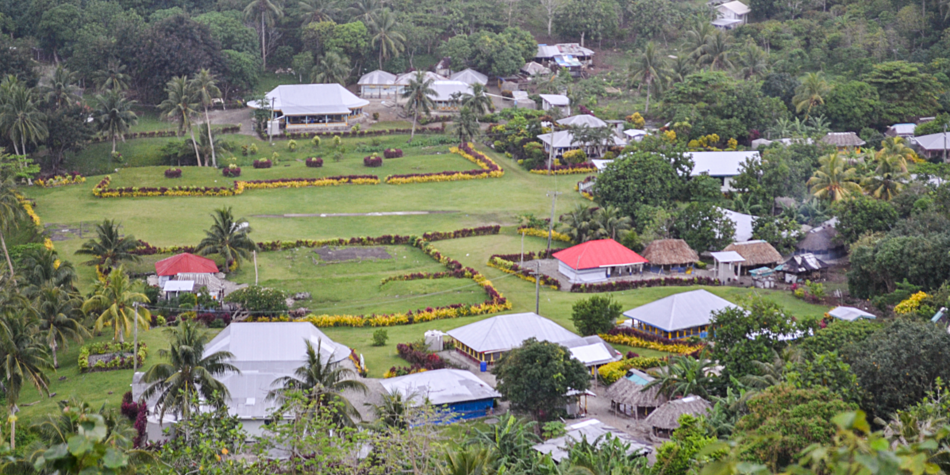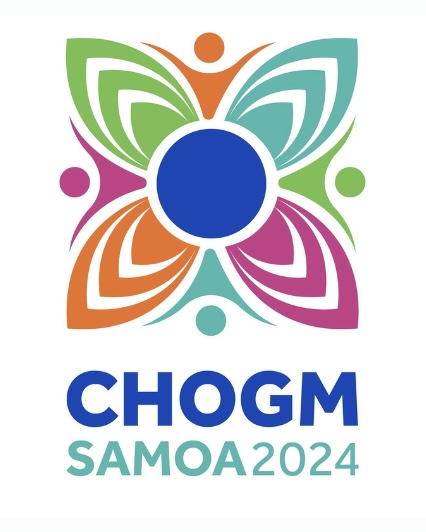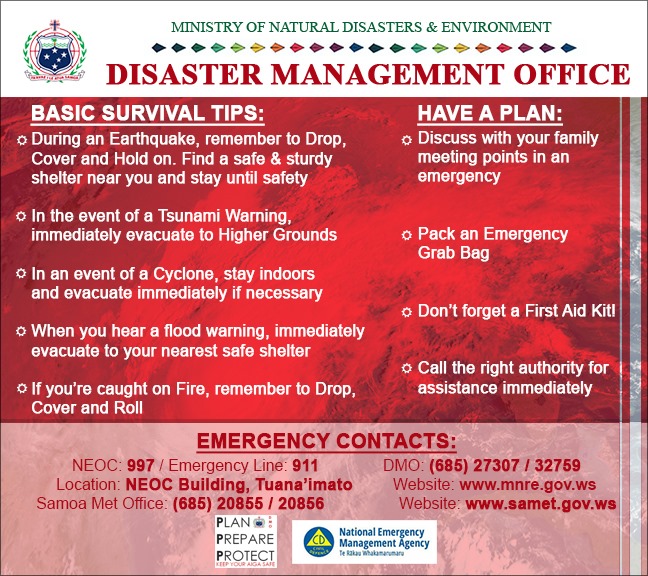Environment
Apolima Rat Eradication Feasibility Yields Promising Result

Apia, Samoa – 14 December 2023: A Rat Eradication Feasibility Study conducted to evaluate the feasibility and sustainability of completely removing all the rats on Apolima Island, has concluded with promising results. The study’s findings indicate that rats can indeed be effectively eliminated from the inhabited island through the implementation of a comprehensive set of strategic measures and robust community engagement.
In response to a request from the Ministry of Natural Resources and Environment (MNRE) to assist in determining whether removing rodents completely from Apolima Island was possible, the Pacific Regional Invasive Species Management Support Service (PRISMSS), which is part of the Secretariat of the Pacific Regional Programme (SPREP), coordinated a Feasibility study led by PRISMSS partner, New Zealand Department of Conservation (NZDOC) with support from MNRE.
A delegation comprising of 10 individuals representing each organization travelled to Apolima Island on November 23 to present and discuss the study’s findings with the community. The presentation aimed to raise awareness of the various approaches considered in the study. It explained the potential implications of these approaches on the community and proposed viable solutions, with the overall goal of successfully eradicating rats while prioritising the safety of both human and animal populations.

Consultation with the village.
Mayor of Apolima Island, Salesulu Afe Solo, conveyed his thanks to the delegation for presenting the findings, which he stated helped clarify some of the questions and concerns by the community, particularly around the issues of livestock management, the effects of the bait on human health and the natural environment as well as an estimated timeline of the operation.
“Although days and months have passed since our last consultations with your organisations, we are glad you have returned and we receive the outcomes with gratitude,” said Salesulu.
“Like the saying goes; Rome was not built in a day. We have to continue talking and sharing ideas so that by the time we start the project, the community are well aware of everything and will come to support this initiative for the benefit of our village.”
Considering the island’s size and challenging terrain, the study identified the most effective method of applying rat bait as a combination of aerial and manual methods. Broadcast aerial application by helicopter or drone emerged as the sole feasible method to ensure accurate distribution and reach every rat.
However, the village area would be excluded from aerial bait application, instead employing hand baiting, bait stations, and bait trays.
The proposed plan emphasised livestock management, particularly penning pigs and chickens within the village to prevent them from consuming rat bait and potentially contaminating the human food chain. To safeguard the island’s food sources, the study highlights the secure storage of all human and livestock food in rat-proof containers, and advocates the use of rat-proof containers to store waste and limit rat access to potential food sources.

Additionally, the study addresses potential rat hiding places, such as coconut stores and open wastewater systems and suggest habitat modification in the eradication strategy. Strict biosecurity protocols on the island are deemed critical to prevent the re-introduction of rats, ensuring sustained success in maintaining a rat-free environment.
Addressing community concerns about the impact of rat bait on the health and wellbeing of children, animals, and water sources; reassurance was provided by representatives of the NZDOC that the proposed rat bait containing rodenticide (Brodifacoum) would not dissolve in water or be absorbed by plants.
Moreover, the project would utilize lockable bait stations in and around buildings and implement educational programs for children to emphasise the importance of not touching the bait—a successful approach used in the recent rat eradication initiative on Palmerston Atoll in the Cook Islands.
Following the presentation, Salesulu said the proposed methods and solutions for managing the livestock and feral pigs during and after the application of the bait on the entire island may present challenges to the community and that further discussions are needed for the community to agree that the benefits of rat eradication will outweigh the associated costs.
“We are surprised with the methods and options provided in order to eradicate all rats from Apolima Island such as fencing the pigs for 5 to 6 months because our pigs are free range and there’s also feral pigs on the island to consider” he said. “Not all the mayors and members of the village were able to attend [the presentation], therefore we cannot make a decision now until we have discussed this with everyone.”
Salesulu added, “I am aware and have a vision of the benefits to our village when there are no rats. If we agree to the project and are able to eradicate these invasive rodents; our village will be a clean and healthy environment for our people.
The next steps, if Apolima Island agrees to move forward, is to further develop an operational plan and secure funding to remove the rodents from the island over the next 5 years. The Apolima Rat Eradication Feasibility Study comes under the PRISMSS Predator Free Pacific Programme and is funded by the New Zealand Government through the Managing Invasive Species for Climate Change Adaptation in the Pacific (MISCCAPP) project.



















